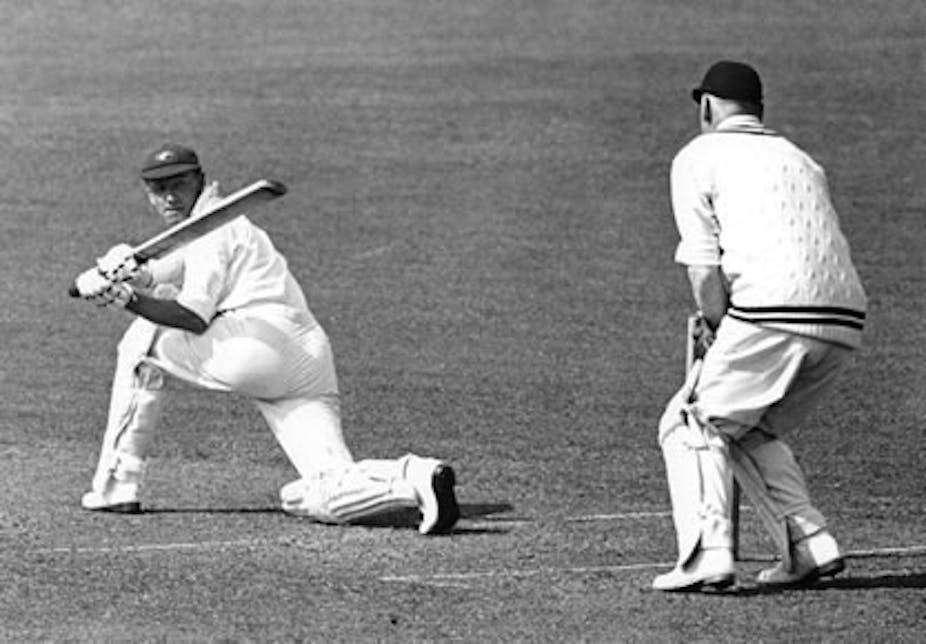The Australian citizenship test has just turned four. Its birthday passed without fanfare but this is not surprising.
Soon after its introduction, a Labor government review addressed early concerns that it was irrelevant as a requirement for solid citizenship, as well as being unfair and discriminatory toward certain groups. Since then it has had a charmed run.
As a result of that review the test was revised and in October of 2009 the Australian Citizenship Test Mark II took over.
We’ve heard barely a peep since. It was fixed up, you see. Or was it?
Race relations
First, some background. In April of 2006, Andrew Robb, then Parliamentary Secretary to the Minister for Immigration and Multicultural Affairs, announced the government’s intention to take a “serious look” at introducing a formal citizenship test.
Robb’s announcement came at a time when the Cronulla riots of that summer were fresh in Australian minds. It was also two days after Anzac Day, an apt time to call for a pledge of loyalty to the national family.
Race relations and social cohesion were hot and had been for a good while. Cronulla had come at the end of what had already been a bad year; London had been bombed in July, 2005 and Bali in October.
Both John Howard and Peter Costello had given prominent speeches in early 2006 that had raised the subject of the country’s need for social cohesion.
Howard’s baby
The test that emerged is popularly perceived as John Howard’s baby. Launched in late 2007 with his prime ministership all but gone, it was seen by some as yet another cynical attempt to trade on public sensibilities surrounding multiculturalism that had worked well for him in the past.
Howard’s links to the test were strengthened by the contents and layout of the preparation materials. Becoming an Australian Citizen was a 46-page document heavy on what it means to be Australian and on “Australian values”. Included were historical events and other ephemera, the knowledge of which seemed to have little bearing on being a good citizen: the national flower was there, as was the national gemstone. Sydney, it said, is host to the “largest number of Rugby League clubs in Australia”.
Good to know. There was also some useful information for tourists. Adelaide has “many fine examples of colonial architecture”. Okay.
And then there was Don Bradman, who still attracts much of the ridicule surrounding the citizenship test. In truth, Bradman was never a great feature of the test. Of the 13,000 or so words in Becoming an Australian Citizen, he took up around seventy-five, none of which referred to his batting average.
Bradman did appear in a sample question on the government’s citizenship website throughout the life of the original test. Again, his batting average was not required knowledge, merely that he was a cricketer and that Walter Lindrum and Hubert Opperman were not.
Raising the mark
If the citizenship test was indeed John Howard’s baby, he gave it up for adoption just eight weeks after its birth, when Kevin Rudd relieved him of his post in November of 2007.
Not far into 2008 the first statistics emerged from the test and confirmed what many had feared; that is, that the test would be an impediment for certain groups trying to gain citizenship. Humanitarian visa holders were failing at a far greater rate than skilled migrants and family stream candidates.
Chris Evans, in charge of the Department of Immigration and Citizenship, called for a review of the test in April 2008. He gave the brief to Richard Woolcott, a highly respected, former career diplomat. Woolcott’s job was to investigate any “unintended consequences” arising from the test.
Woolcott and his committee determined that the test was “flawed, intimidating to some and discriminatory” and in need of “substantial reform”. The Labor government thanked Woolcott, ignored his most crucial recommendations and revised the test, raising the pass mark from 60% to 75% along the way.
The new test took effect on October 19, 2009. As before, candidates were faced with a 20-item multiple choice test though this time it was based on the better-designed resource booklet, Australian Citizenship: Our Common Bond.
Bradman appears only in the new “non-testable information” section. Lindrum and Opperman were discarded altogether. The golden wattle and the opal made it through, however, still required knowledge for citizenship applicants.
Bradman farewelled
The press hailed the new test as better and fairer. Bradman had finally been dismissed. “Test a duck for the Don” said The Australian. Lindrum “black-balled by law ‘n’ order” said The Age.
In truth, Labor has taken a flawed test and made it worse.
The latest statistics show that the new test is harder, but only if you’re in the Humanitarian Program. If that is your lot, then know that from your cohort, which represented 4.6% of the total number of test takers in the 2009-2010 year, came 45% of the failures on the first or second attempt at the test.
This means one of two things: either those on humanitarian visas aren’t really trying hard enough to become citizens of Australia, or there’s still something seriously wrong with this test.
There is of course a third option: perhaps the test is working perfectly?
How Australian are you? Try the test for yourself.

